Founder of new magazine The-Art–Form, Andrew Townsend, talks to Grafik about his motivations, aspirations and the benefits of direct questioning in an industry dominated by obfuscation.
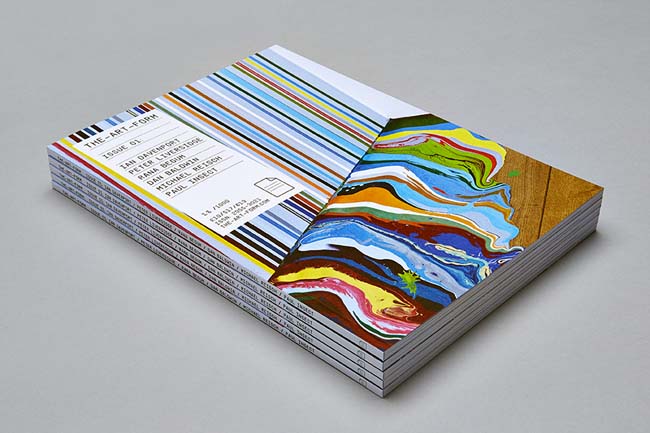
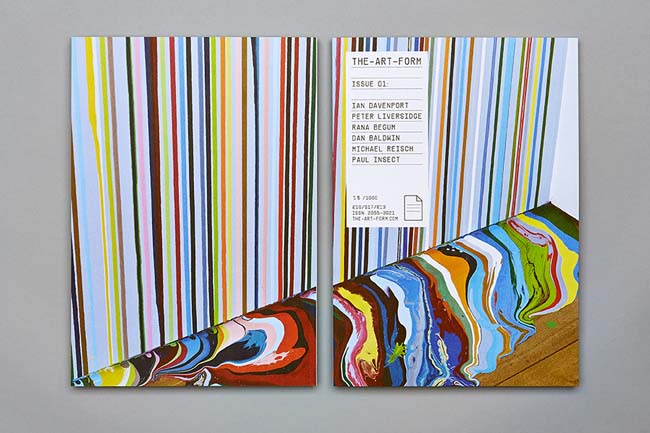
Why did you start this project and how has it evolved from initial concept to finished publication?
I started The-Art-Form because I’m interested in art — looking at art, thinking about art and making art. I also needed an antidote to my commercial graphic design work; I think it’s important for designers to work on personal, self-initiated projects in their spare time - away from client interference and free from the restraints of a commercial environment. Working on The-Art-Form has allowed me to be the client, the designer, editor and publisher. It’s been very liberating, exciting and scary, all at the same time.
The initial concept for The-Art-Form hasn’t changed, it’s a limited edition publication about art and artists, where each artist featured completes a form about art. Originally the format was going to be an A5 newsprint zine, but when I started to receive the forms back from the artists, the work was so good it deserved to be shown in a larger format.So I decided to change it to an A4 perfect bound publication, printed on a quality uncoated paper stock.
The newsstand is fairly saturated with arts publications – what convinced you that there was room for another?
Many art publications focus on ‘The Art World’, galleries, collectors, curators and art critics. I wanted to create an art publication that just focused on the artist and their work, giving them the freedom to talk about their work, free from critique or a writer’s opinion. Using direct questions to get to the heart of the artist’s practice.
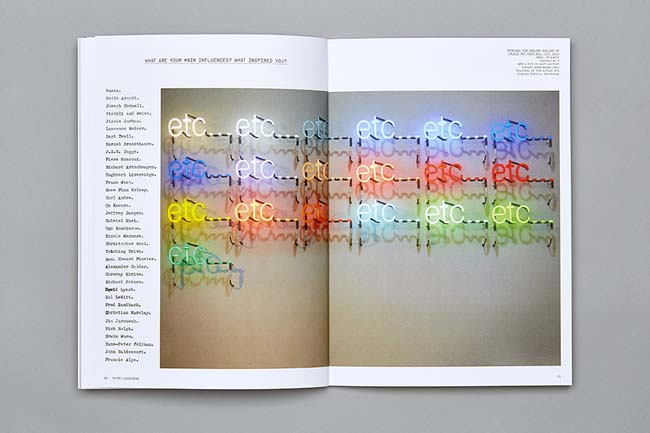
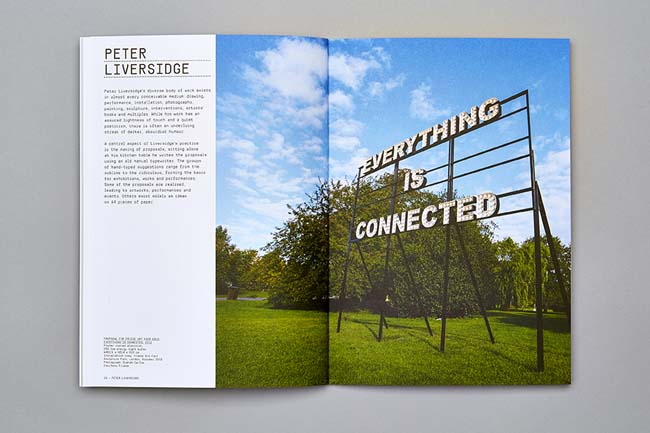
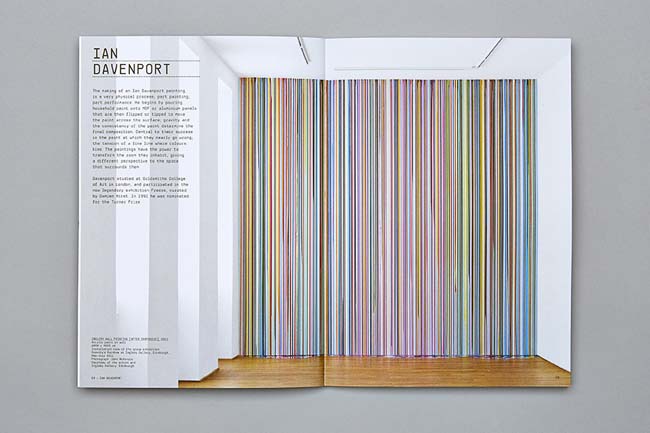
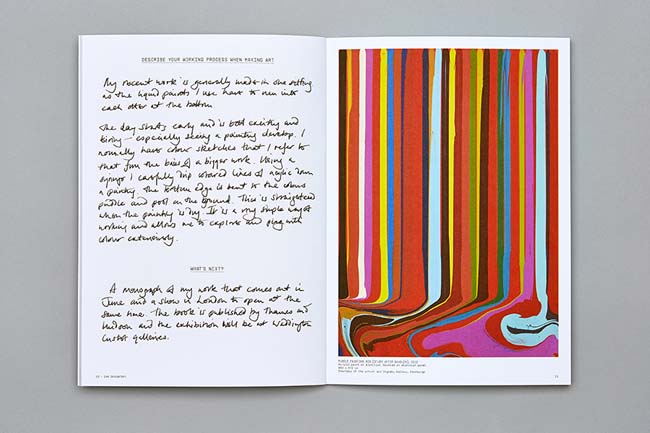
How do you feel about the state of print publishing in general – resurgent or on its last legs?
Print publishing is definitely going through a resurgence, a new magazine seems to be launched every week. I’ve always loved books and magazines, the feel of the paper, the smell, the ‘thingness’. Flicking through pages will always beat clicking through pages.
What interested you in using the ‘form’ as a form of engagement for talking to artists about their art?
The form acts as a blank canvas, a format for gathering unique content. One of the instructions on the form was “make the form your own, sketch, stick and paint”. The artists featured certainly made the form their own — each form returned was completely different and helped reflect their work and personality.
Many of the artists created original work especially for The-Art-Form, one of the requests on the form asked the artists to “make art here”. Ian Davenport created a beautiful, small scale painting, using his dripping technique. Dan Baldwin and Rana Begum made every page of the form into a unique artwork.
Art mags obviously have to handle a diverse range of competing imagery and text, which can throw up all kinds of aesthetic challenges – what were the most important considerations in the design of the magazine?
The most important consideration was to show the artists’ work in the best possible way. Each artist was featured across ten or more pages, showing images of their work alongside the returned form.
I wanted to include a diverse mix of artists, working in different mediums and styles, from conceptual art, abstract art, urban art, sculpture and photography.
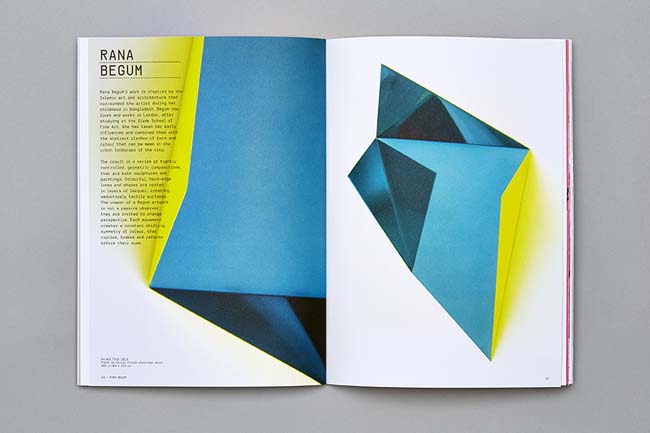
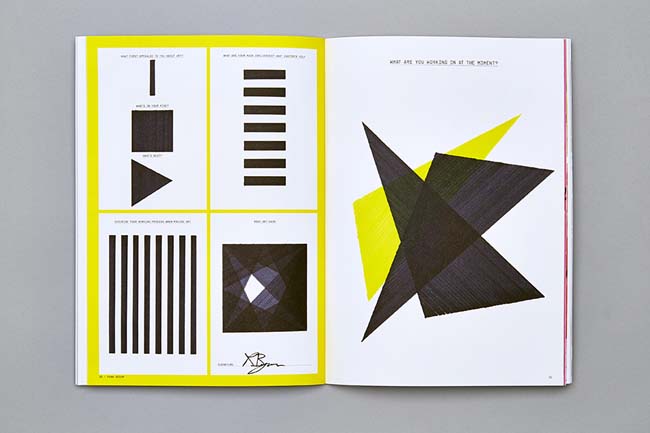
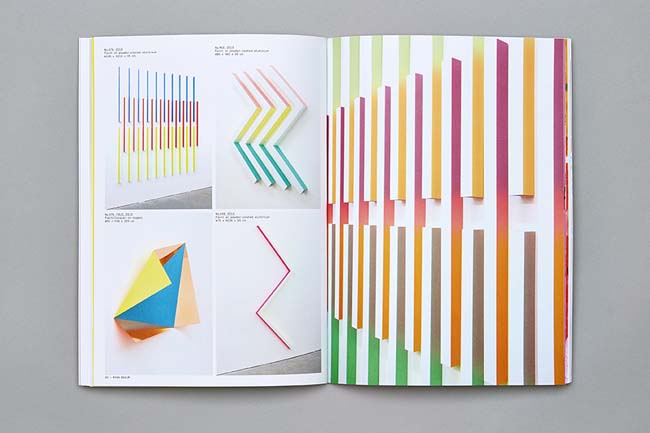
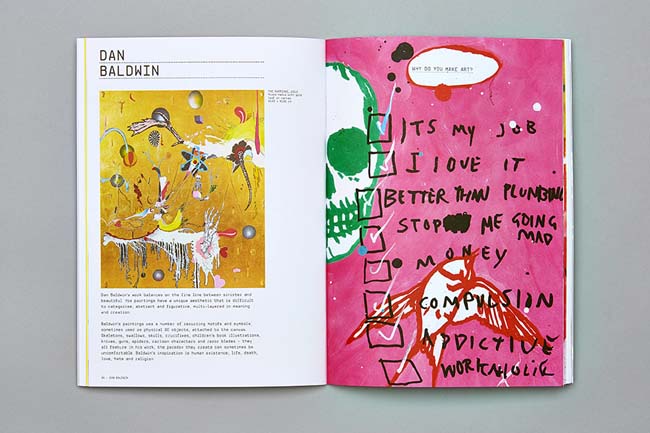
Were you keen that it had a very strong visual identity? Does a magazine have to be a brand or is that detrimental in an art publishing context?
The identity, design and overall concept of The-Art-Form is quite minimal in its approach, which allows the work of each artist to be the main focus. I’ve only used one typeface throughout called Suffix-mono and the colour palette for the identity is just black and white.
What has the response been to the publication, both from contributors and readers?
The response has been very good so far. The first issue has only been out a few weeks and I’ve sent copies all around the world. The artists have all been very supportive and have helped to promote the first issue. Tate Modern have just ordered some copies for their bookshop, so that’s really exciting.
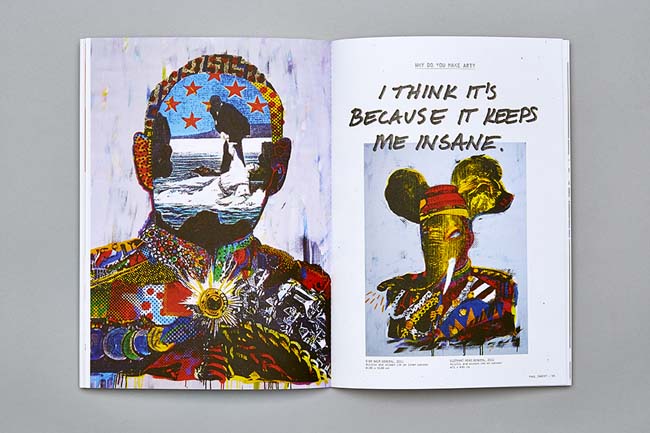
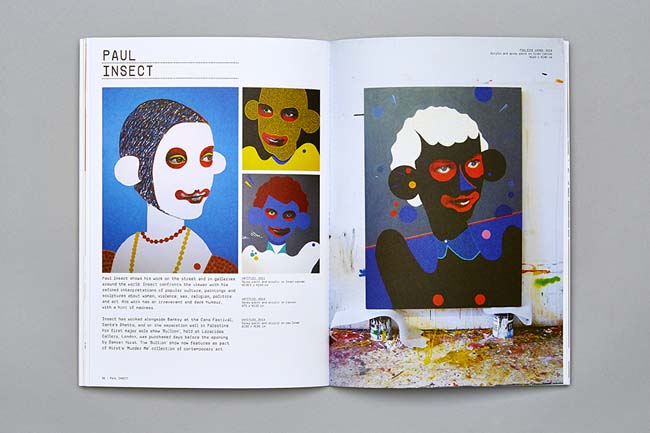
Can you talk to us about the business side of the magazine? The economics of independent publishing are clearly very tricky to manage – how will the project be made sustainable?
Some projects you do for the money, and others, for the love. The-Art-Form is a ‘love’ project. I’ve self-funded the printing of the first issue and I’m hoping that I will sell enough copies to cover my costs and pay for the next issue. I have tried to keep The-Art-Form as independent as possible, there are no advertisers or backers. I only intend to publish one issue a year, in a limited edition of one thousand copies, each one hand-numbered.
How would you like to see the magazine grow? If you could request a copy from three years in the future, what would you hope had changed and what stayed the same?
The-Art-Form will always be a niche, limited edition publication with a small print run — that’s what makes it special and collectable. I would like to include more artists in each issue, and experiment with different print techniques, such as screen printing, special inks, foils and different paper stocks, making each issue even more desirable and unique. the-art-form.com
andrew-townsend.com

